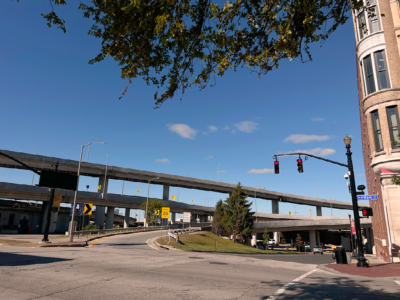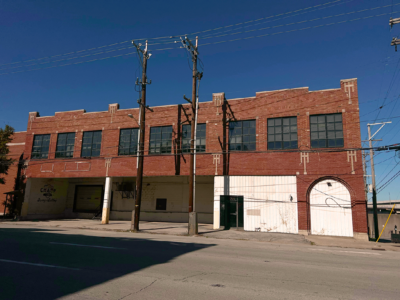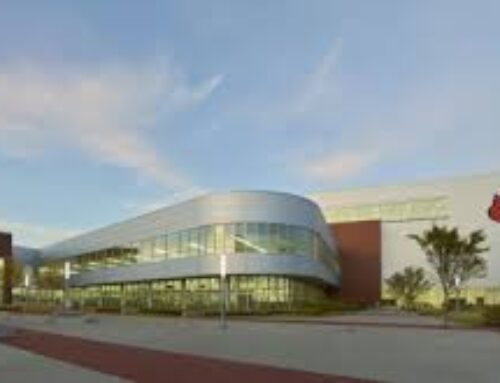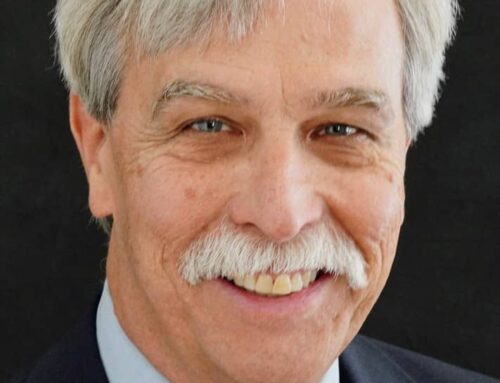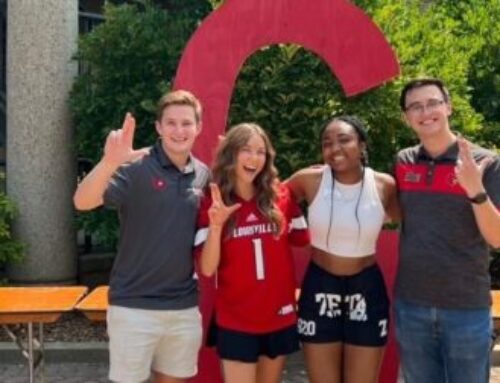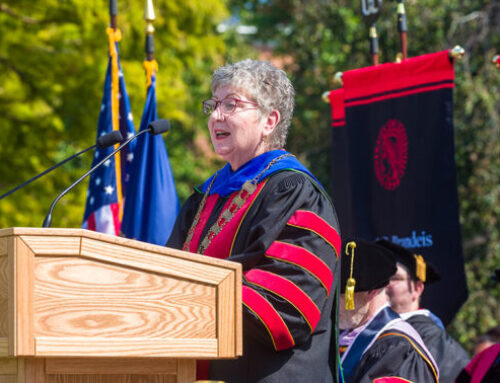By Emma McGee
Within a two-block radius of downtown Louisville, divided by I-64, are two vastly different areas. The East side of the split features many of Louisville’s popular tourist attractions, venues, restaurants, and more. By contrast, the West Side is empty with many abandoned buildings, barren landscapes, and a drastic drop in visitors. Even within two blocks of 9th Street in each direction, you can see that the city of Louisville only seeks to maintain a commercial hub where a potential profit can be made.
Here you can see the physical barrier that divides East and West Louisville, just a few steps away from the Louisville Slugger Museums and Kentucky Science Center, both pictured above. Visitors and locals alike drive I-64 daily for reasons ranging from heading further south for vacation or making their commute to work. People move through the center of Louisville’s long-standing history of racial segregation.
Whether Louisville locals or visitors, everyone has an idea and stereotype in their minds about the West End. It’s a negative perception filled with violence and crime; this mindset is embedded into people’s minds. The city’s subtle reinforcement of this mindset has conditioned people to think this way.
By making the West End less accessible for pedestrians because of the busy, dangerous roadway along 9th Street, combined with poor quality schools, industrial systems that produce poor air quality, and other vast issues the city of Louisville has not adequately addressed, Louisville purposefully puts these popular attractions that draw tourists to the city on the East side because of the underlying tones surrounding the West end.
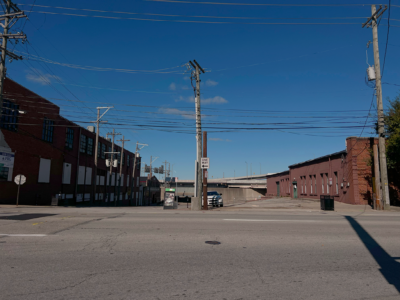
As soon as you pass under the overpass, you experience a complete shift in energy, going from a tourist central to a quiet street in a matter of a few footsteps.
You can see not only a physical barrier running through the middle of our city but a psychological one that was created by redlining starting in the 1930s.
Banks, insurance companies, and other agencies created redlining to identify minority occupants, deeming them as “high risk” for lenders. When they began constructing the interstate during the 1950s, these predominantly black neighborhoods were the first affected and families had to relocate.
These racist policies have left Louisville’s African-American citizens segregated for generations and the 9th Street divide reminds the city of Louisville daily by perpetuating harmful stereotypes and narratives regarding the West End.

One of the popular streets in Louisville, known as Main Street and Whisky Row, located on the East side of the divide.
West Louisville is a vibrant and resilient community that deserves the same support and care from the city of Louisville to help it thrive. As you have seen through these images, the city has neglected the West End for decades and continues to let stereotypes put these residents at a disadvantage because of its racist history. With assistance from the city, renovations are possible that can connect the West End to the rest of the city, encouraging community gatherings, outdoor spaces, and business expansion, giving residents a newfound purpose.
Photo Courtesy // Emma McGee


